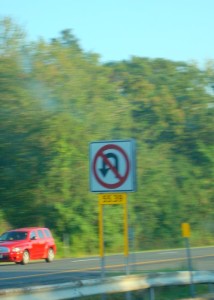The 2010 NFL season is off to a mathematically interesting start.
The Jets, Patriots, Bengals, and Ravens each have played two games against other teams in that group of four. The results can be organized like this (for example, the Bengals lost to the Patriots but beat the Ravens)
 Now, if we interpret “wins the game” to mean something like “is better than”, and if we believe that “is better than” is a transitive relationship (i.e. “If A is better than B and B is better than C, then A is better than C”), then the Jets are better than every team in their division, including themselves! Some might prefer to say that they are even worse than themselves.
Now, if we interpret “wins the game” to mean something like “is better than”, and if we believe that “is better than” is a transitive relationship (i.e. “If A is better than B and B is better than C, then A is better than C”), then the Jets are better than every team in their division, including themselves! Some might prefer to say that they are even worse than themselves.
It’s not easy producing mathematically consistent ranking systems, but it’s an interesting and useful problem, and the field is quite rich.


